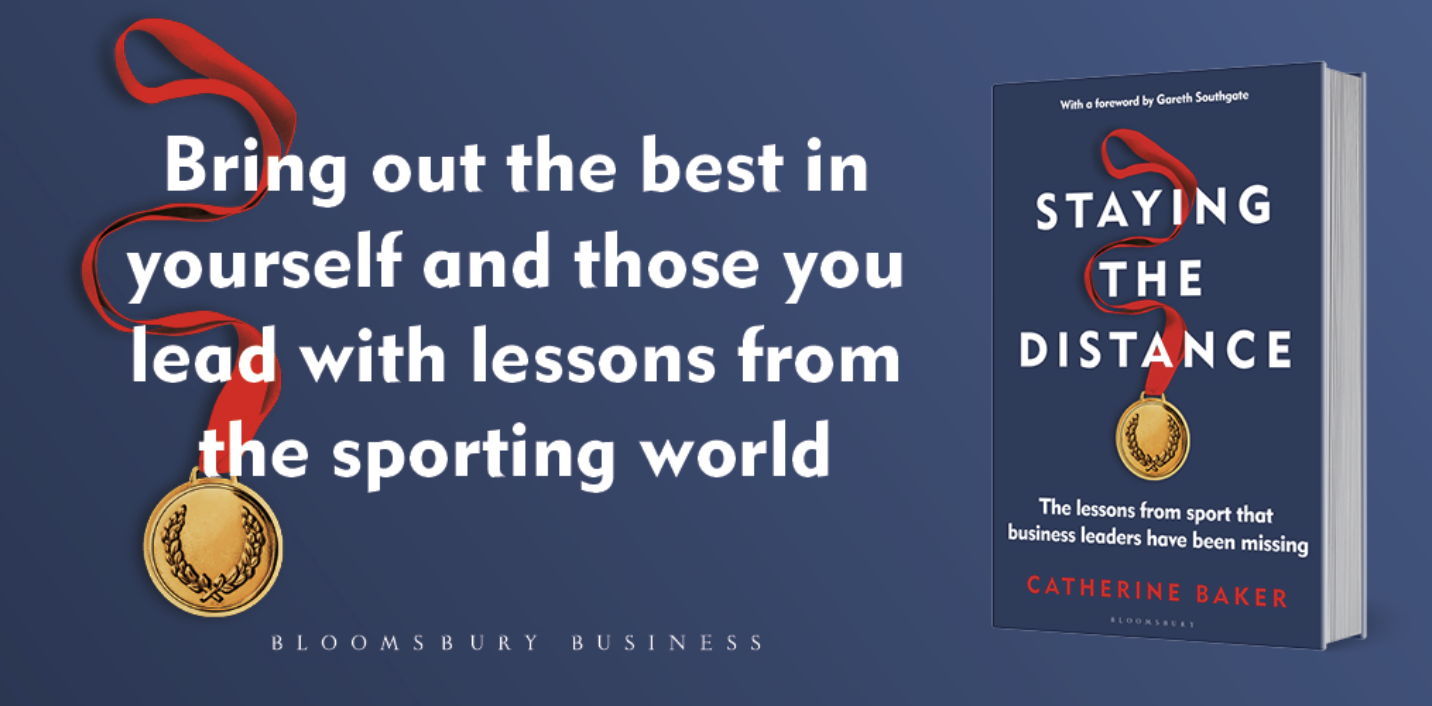


There are few coaches who have had an influence on the highest levels of sport as much as Shannon Miller. Whilst not directly involved with the Winter Olympics in PyeongChang right now, she certainly has her mark all over the rink.
Shannon is the most successful Ice-Hockey coach in the women’s game. From coaching her home Nation Canada to a number of Olympic Games and World Championships to an unprecedented amount of success as NCAA Division 1 coach (with a number if Frozen Four tournament wins and NCAA Division I national championship wins), Shannon has her name firmly in the record books.
To read our exclusive interview with Shannon and find out more about her story CLICK HERE
At the current Olympic Games, Shannon has worked with, coached and mentored the following: Coach Sarah Murray (Head Coach Korean Team), Coach Laura Schuler (Head Coach Canada), Coach Rob Stauber (Head Coach USA), Coach Gina Kingsbury (Coach Canada), Tiina Karinen (Coach Finland) and plenty more players and recruits from the program Shannon put together.
It is a shame that the University Shannon spent many successful years of her career at and built the program which allowed these coaches to progress to the levels they are currently at treated her so horrifically. They fired Shannon stating her under performance, treated her ‘less favourably’ than her male counter parts, underfunded the women’s program, allowed male members of staff to use phrases such as ‘dyke’ and ‘f***ing bitch’ and even employed male colleagues with opinions such as: “f***ing women suck all the money out of the athletic department – what a waste of money”.
If you would like to find out more about Shannon’s treatment at UMD and read for yourself the Official Full Report into Shannon’s Claims – please CLICK HERE
Once you learn about Shannon’s story and the abonimable treatment she received by UMD, you will be left speechless by their latest act as they try to lay claim to this current Olympic success.
For those of you from UMD Athletic Department reading this, please be reminded that these players and coaches are successful because of Shannon and in spite of you.
For those just wanting the cliff notes before reading UMD’s opening to an article published on their website; below is a list of some of Shannon’s treatment:
- Funding cut (including her job) even though she was more successful than her male counterpart
- UMD requested that Shannon “adjust their communication to be less forceful, less demanding or less insistent about effort and the pursuit of excellence” unlike her male counterparts
- UMD treatment of staff was below industry standards according to a report
- UMD Athletic department appears to have solicited an email “for the express purpose of manufacturing a student dissatisfaction case”
- UMD had a “failure of the management to follow the above best practices”
- Underfunded the women program by thousands of dollars compared to the male program
- lesbian employees endured a homophobic athletic department culture that existed over a long period of time” which was never addressed.
- Shannon received a number of “harrassing mail in her work mail box” calling her‘dyke’ telling her to ‘go home’
- Shannon’s colleague reported that a fellow male coach referred to Shannon as a “fucking dyke” and “fucking bitch” and also that he did not attend a UMD fundraising event in which Shannon was speaking because “that Dyke is going to be up on stage speaking with her trophy.”
You get the gist…there is plenty more to read at this link CLICK HERE
I would imagine you are now surprised that UMD have published the following:
“No program in the history of women’s Division I NCAA hockey has had more Winter Olympians than UMD. On the 20th year anniversary of women’s hockey in the Winter Olympic games, the Bulldogs as a program have now sent 33 current or former players on to women’s hockey biggest stage, including four who will make their debut this weekend — Maddie Rooney (United States), Sidney Morin (United States), Brigette Lacquette (Canada) and Evelina Suonpaa (Finland).
In fact, a total of nine current and former players will suit up for five different teams, including Haley Irwin and Jocelyne Larocque (Canada), Lara Stalder (Switzerland), Pernilla Winberg and Maria Lindh (Sweden) — and that doesn’t even include former player Sarah Murray, who at the helm of host South Korea, becomes the first Bulldog alum to become a head coach in the Winter Olympic Games.
To grasp the level of Olympic talent that has come through the door of the Bulldog program, one has to look no further than UMD’s record book. In fact, one look at the top-10 all-time scorers in program history, and it reads like a who’s who of Olympic — not just college hockey — greats. The first seven players are all Olympians, and all but just two are multiple-time Olympians. 11 of the 20 players to reach the 100 point mark are Olympians, with again, nine of the 11 having suited up in multiple Olympic Games. Of the six players to have recorded 200 or more career points, four of the six made four-consecutive Olympic appearances, and between the six 200 point players, they own a staggering seven Olympic gold medals, four Olympic silver medals and three Olympic bronze medals.”
Just a reminder to you all – that this historic program, the program that has sent 33 current or former players to hockeys biggest stage and created the UMD record book as mentioned- was actually that of Shannon Millers…the program she created despite all of the grief, abuse and inequality she experienced on a daily basis by the UMD.
On a more positive note – from all of us a the Female Coaching Network, we want to say a huge congratulations to Shannon for all she has done for female athletes and coaches (male and female) and wish all those involved in the Olympic Games the very best of luck!



To read more of Shannon’s story – written by herself – CLICK HERE and visit her post in “From Behind the Bench” on “The Coaches Site”
Sneak Peak:
In this instalment of FROM BEHIND THE BENCH, Miller walks us through her long and winding career on the cutting edge of women’s hockey.
I was 12 years old when I started playing hockey. I was lucky because there was a girls team in our town, Melfort, Saskatchewan, and there were also a few girls teams in the surrounding towns, which was really unusual. The kids on the team were from 12 years old to grade 12, so it was a real mix. I played every other sport under the sun as well, but really loved hockey. Of course, I never thought I could have a career in the game.
When I went away to university, I pretty much thought my hockey playing days were over. But when I got to the University of Saskatchewan, I saw posters in the hallway announcing that they were going to start the first ever U of S women’s hockey team. The tryouts were the next day, so I called my mom and said, “Overnight my skates and hockey gloves on the bus to me.” I went out and bought a stick at Canadian Tire and that was all I had for equipment at the tryouts, just my skates, gloves and a stick.
The feeling on the team was electric. We all came from smaller towns, and we probably all had the similar thought that we would never play again, so we just went out and had a lot of fun. We actually had quite a lot of talent on the team; most of us were the better players for our age from wherever we were from. I wouldn’t say we were well coached as we had players’ boyfriends coaching us and our coaching staff changed a lot. But the guys that worked with us were great guys, and we all just worked hard, played hard and had a lot of fun.
The atmosphere at U of S was great. We had a really good relationship with the male hockey players, two of them being Mike Babcock and Willie Desjardins. The men’s coach at the time was Dave King and he came out on the ice with us a couple of times and taught us how to receive and give body checks because there was body checking in the women’s game back then. The men’s team and women’s team would do fundraisers together to raise money, so we all became good friends, and the experience there was very positive.
When I was going to university and studying Physical Education (Kinesiology), I knew that I didn’t want to be a Physical Education teacher like my dad. I enjoyed the subject, but I knew that I wanted to coach. I wasn’t sure what I wanted to do for a living because I also knew that I couldn’t get paid to coach. But I knew that that’s what I wanted—to coach.
I knew that we were on the cutting edge of grass roots women’s hockey, I loved it and wanted to be a part of it, so I held a lot of roles. I was a player coach at times, I officiated and I was involved administratively as well. As an administrator, I represented Saskatchewan and was on the Canadian Hockey Female Council. There, on the Female Council, my experience was a mixed one. There were certainly some people who were excited to be adding women’s hockey to the bigger national picture, and they worked along side of us to make it happen, and then there were many who were not. But I wasn’t intimidated or scared by those working against us – I just put my head down and did what had to be done.
I decided I wanted to be a Police Officer in Calgary, and I made the move to the big city. I was accepted into the Calgary City Police, became a cop and I continued to play hockey and became a player coach.
When I got to Calgary in the mid 1980s, there was no girls hockey team. None. It was Calgary Minor hockey, not Calgary Boys Minor Hockey, but it was all boys nevertheless. So, myself and two other women, and we are still really proud of this today, started the first ever girls hockey team. It took us two years, and we had nothing but barriers put up in front of us by administrative people in Calgary Minor Hockey and Hockey Alberta. They stonewalled us every chance they could and did not want us to be part of these programs.
It was very difficult to get anything done at first, as there was a lot of backlash, no support, and they desperately tried to get us to go away. But we persevered, eventually got some great supporters on board to help us and we got it done. A lot of that success has to do with the two women I worked with, as they were outstanding individuals and extremely committed to starting the first ever girls hockey team.
CLICK HERE and visit her post in “From Behind the Bench” on “The Coaches Site”















